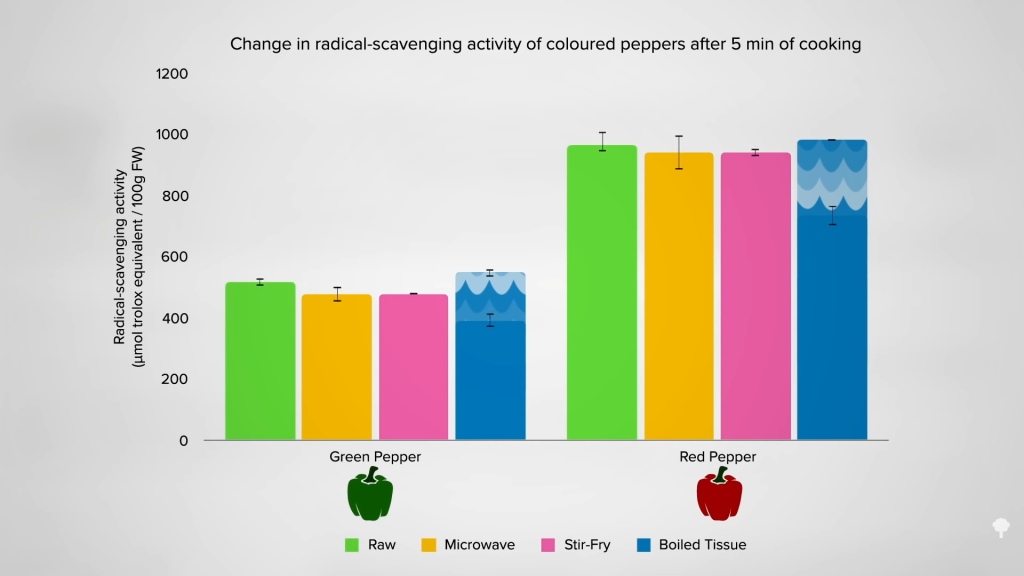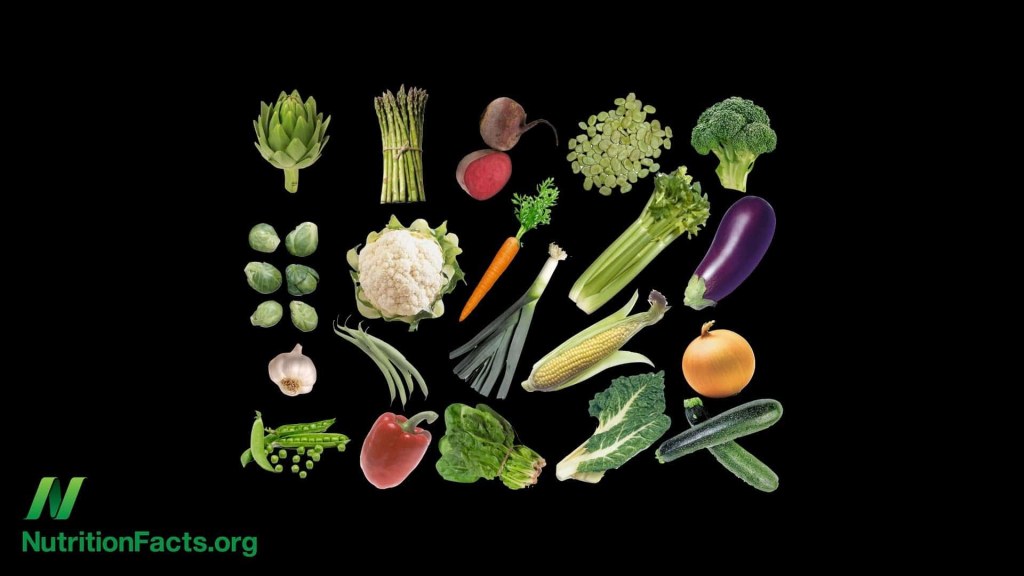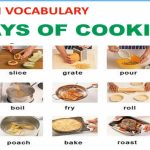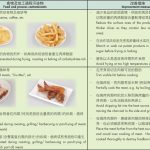Uncover The Power Of Cooking Method Nutrition Facts: Master The Art Of Healthy Cooking!
Cooking Method Nutrition Facts
Greetings, Readers!
Welcome to our article on cooking method nutrition facts. In this comprehensive guide, we will explore the various cooking methods and their impact on the nutritional content of your meals. Understanding these facts can help you make informed decisions about the techniques you use in the kitchen to maintain a healthy and balanced diet. So, let’s dive in!
3 Picture Gallery: Uncover The Power Of Cooking Method Nutrition Facts: Master The Art Of Healthy Cooking!



Introduction
Cooking methods play a significant role in determining the nutritional value of the food we consume. The way we cook our meals can affect the vitamin and mineral content, as well as the overall calorie count. In this section, we will discuss the importance of cooking method nutrition facts and how they contribute to our well-being.
1. What are cooking method nutrition facts?

Image Source: cfs.gov.hk
Cooking method nutrition facts refer to the changes that occur to the nutritional composition of food during the cooking process. Different cooking methods can alter the nutrient levels in various ways, including nutrient loss, retention, or enhancement. Understanding these facts enables us to make healthier choices when preparing our meals.
2. Who should be aware of cooking method nutrition facts?
Cooking method nutrition facts are essential for everyone, regardless of their dietary preferences or restrictions. Whether you follow a specific diet, have certain health conditions, or simply want to maintain a balanced lifestyle, being aware of the impact of cooking methods on nutrition can help you optimize your meals.
3. When should we consider cooking method nutrition facts?

Image Source: nutritionfacts.org
Considering cooking method nutrition facts should be a part of your meal planning process. It’s crucial to take into account the cooking techniques you plan to use and their potential effects on the nutritional content of your dishes. By incorporating this information into your meal preparation, you can maximize the health benefits of your meals.
4. Where can we find cooking method nutrition facts?
Cooking method nutrition facts can be found in various reputable sources, including books, scientific studies, and nutrition databases. These resources provide valuable information on the impact of different cooking methods on the nutritional value of food. It’s essential to rely on credible sources to ensure accurate and reliable information.

Image Source: nutritionfacts.org
5. Why are cooking method nutrition facts important?
Cooking method nutrition facts are important because they help us make informed decisions about our dietary choices. By understanding how cooking techniques affect the nutrient content of our meals, we can optimize our cooking methods to ensure we are getting the most out of our food. This knowledge empowers us to create nutritious and delicious meals for ourselves and our loved ones.
6. How can we incorporate cooking method nutrition facts into our daily lives?
Incorporating cooking method nutrition facts into our daily lives starts with awareness and education. By familiarizing ourselves with the nutritional impact of various cooking methods, we can consciously choose techniques that preserve the vital nutrients in our food. Experimenting with different methods and recipes can help us find a balance between healthy cooking and enjoyable meals.
Cooking Method Nutrition Facts: Advantages and Disadvantages
1. Boiling:
Advantages: Boiling is a simple, convenient, and time-efficient cooking method that helps retain water-soluble vitamins in food.
Disadvantages: Boiling can lead to nutrient loss, especially if the cooking water is discarded.
2. Steaming:
Advantages: Steaming helps retain nutrients, colors, and flavors in food while requiring minimal or no added fats.
Disadvantages: Steaming may result in slight nutrient loss, particularly in water-soluble vitamins.
3. Grilling:
Advantages: Grilling can be a healthier alternative to frying as it allows fat to drip away, resulting in lower calorie content.
Disadvantages: Grilling at high temperatures can lead to the formation of potentially harmful substances, such as heterocyclic amines (HCAs) and polycyclic aromatic hydrocarbons (PAHs).
4. Roasting:
Advantages: Roasting enhances the natural flavors of food and can result in deliciously caramelized surfaces.
Disadvantages: Roasting may cause some nutrient loss, particularly heat-sensitive vitamins like vitamin C.
5. Stir-Frying:
Advantages: Stir-frying is a quick cooking method that retains the texture, color, and nutrients of the ingredients.
Disadvantages: Stir-frying requires high heat and often involves the use of oil, which can increase calorie content.
Frequently Asked Questions (FAQs)
1. Does microwaving food affect its nutritional value?
Answer: Microwaving food is generally considered safe and does not significantly affect its nutritional value. However, like any cooking method, overcooking or reheating food for extended periods may lead to nutrient loss.
2. Are raw vegetables more nutritious than cooked ones?
Answer: Raw vegetables can be more nutritious in terms of certain vitamins, as cooking can cause some nutrient loss. However, certain cooking methods can enhance the bioavailability of nutrients, making them more accessible to our bodies.
3. Can deep-frying be a healthy cooking method?
Answer: Deep-frying is generally not considered a healthy cooking method due to the high calorie and fat content of fried foods. However, using healthier oils and proper frying techniques can minimize the negative impact.
4. Can cooking methods affect the glycemic index of foods?
Answer: Yes, cooking methods can affect the glycemic index of foods. For example, boiling or steaming starchy foods can result in a lower glycemic index compared to frying them.
5. Is it necessary to avoid certain cooking methods altogether?
Answer: It is not necessary to avoid specific cooking methods altogether. Instead, it is important to understand their effects on nutrition and make conscious choices based on your dietary needs and preferences.
Conclusion
In conclusion, understanding cooking method nutrition facts is essential for maintaining a healthy and balanced diet. By being aware of how different cooking techniques affect the nutritional value of our meals, we can make informed decisions in the kitchen. Experimenting with various cooking methods and incorporating a variety of nutritious ingredients can help us create delicious and wholesome meals. So, let’s start exploring and enjoying the benefits of cooking method nutrition facts!
Remember, cooking is an art, and mastering the balance between taste and nutrition is the key to culinary success. So, go ahead and create nutritious masterpieces in your kitchen!
Stay healthy, Readers!
Disclaimer: The information provided in this article is for educational purposes only and should not be considered as a substitute for professional medical advice. Please consult with a healthcare professional or nutritionist for personalized dietary recommendations.
This post topic: Cooking Techniques


